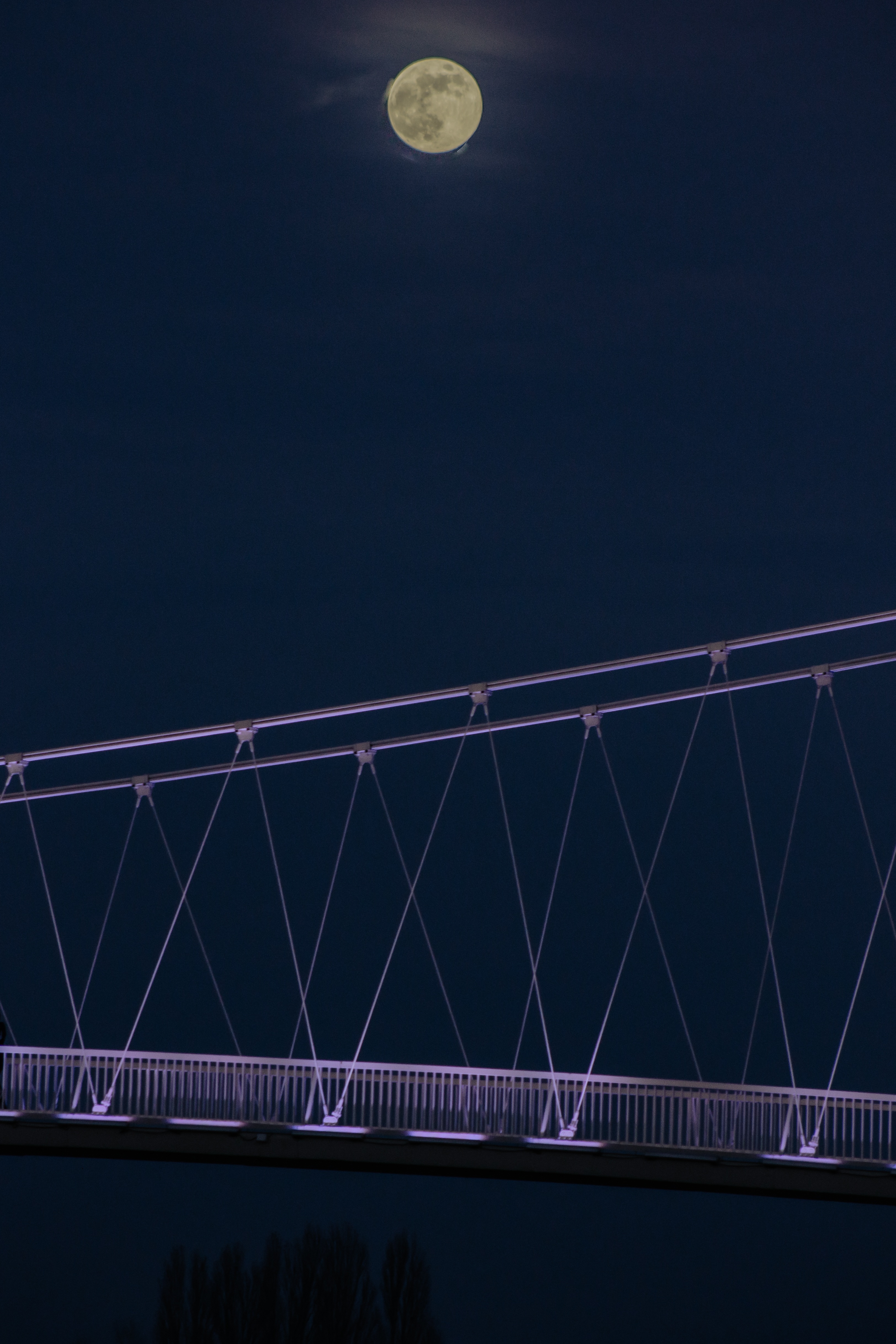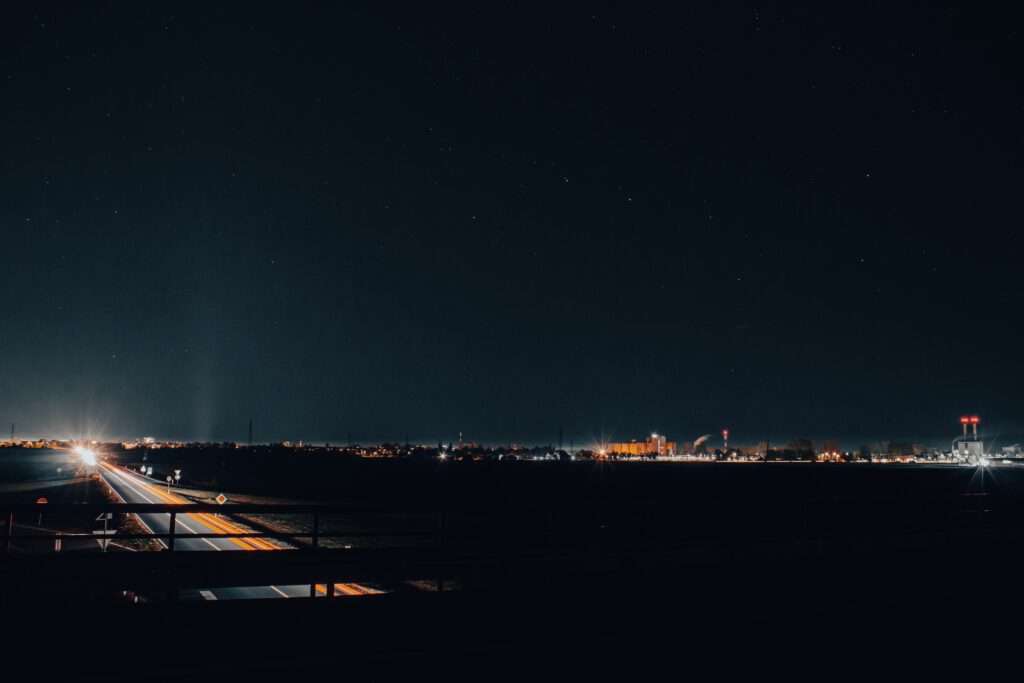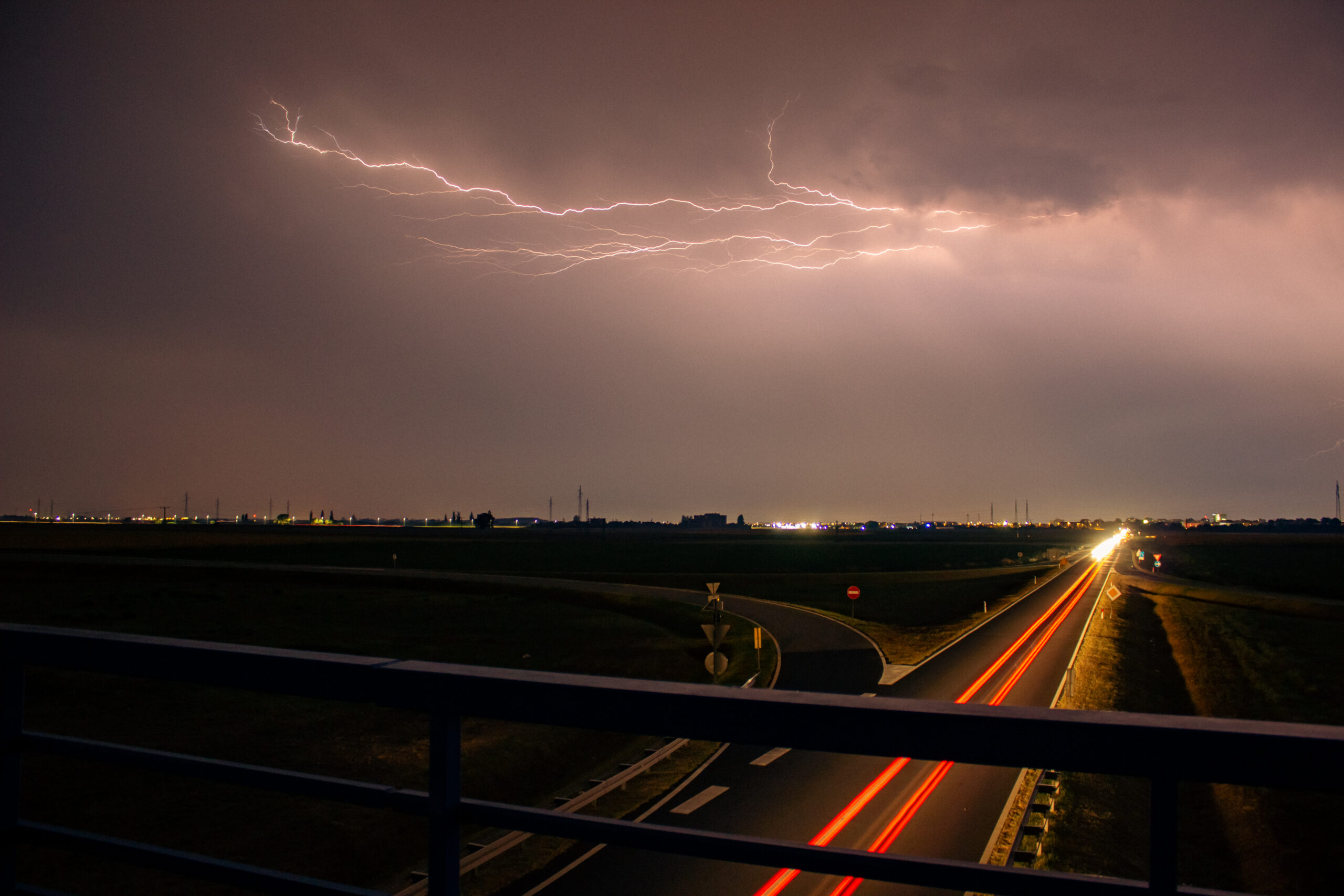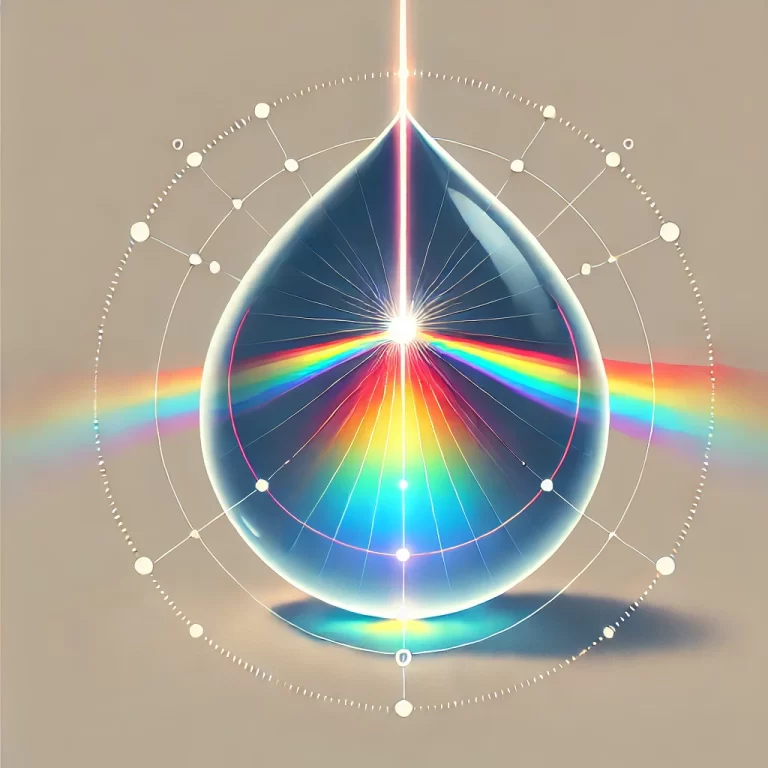What Is Light Pollution and How Does It Affect Stargazing?
Light pollution is an increasingly prevalent issue in modern society, impacting not only our ability to see the stars but also the environment and human health. For those who enjoy stargazing or are curious about the wonders of the night sky, such as locating the North Star (Polaris), light pollution can be a significant barrier.
In this blog post, we’ll explore what light pollution is, its types and causes, and how it affects our ability to experience the night sky. We’ll also discuss its environmental and health impacts, and finally, share practical tips for reducing light pollution in your local area.
1. What Is Light Pollution?
Light pollution refers to the excessive, misdirected, or intrusive artificial light that brightens the night sky, reducing visibility of celestial objects. Unlike natural sources of light, such as the Moon or auroras, artificial light scatters in the atmosphere, creating a luminous haze that obscures stars and constellations.
Key Types of Light Pollution
- Skyglow: The diffuse glow of artificial light over populated areas, making it difficult to see stars.
- Glare: Excessive brightness that causes visual discomfort and reduces contrast.
- Light Trespass: Unwanted artificial light entering areas where it’s not needed, such as streetlights shining into homes.
- Clutter: Bright, densely packed sources of light, such as neon signs or billboards, which create confusion and reduce nighttime visibility.

Source: Blog author (Photo taken with a DSLR camera)
2. How Light Pollution Affects Stargazing
One of the most obvious effects of light pollution is its impact on stargazing. For amateur astronomers and outdoor enthusiasts trying to locate constellations or stars like Polaris, light pollution can make the process significantly more challenging.
How It Relates to Finding Polaris
In a heavily light-polluted area:
- Dim stars in the constellations of Ursa Major (Big Dipper) and Ursa Minor (Little Dipper) may be invisible to the naked eye.
- The North Star, although relatively bright, can appear faint or blend into the background glow caused by skyglow.
- Stargazing sessions are often disrupted by glare from nearby sources, such as streetlights or car headlights.
- Finding Polaris in light – polluted skies can be challenging, as we discussed in our previous post.
This makes it essential to escape light-polluted areas when trying to navigate the night sky or observe celestial objects.
3. The Environmental Impact of Light Pollution
A. Impact on Wildlife
Artificial light at night disrupts the natural behavior of animals:
- Bird Migration: Birds use the stars for navigation, and skyglow can disorient them, leading to collisions with buildings.
- Sea Turtles: Hatchlings rely on the Moon to find the ocean, but artificial lights can lead them in the wrong direction.
- Nocturnal Animals: Species like bats and insects depend on darkness for foraging and reproduction, and artificial light disrupts their ecosystems.
B. Energy Waste
Light pollution is a significant contributor to energy waste. Inefficient lighting systems not only waste electricity but also increase carbon emissions, contributing to climate change.
4. The Human Impact of Light Pollution
A. Health Effects
Light pollution affects human health in several ways:
- Disrupted Sleep Cycles: Artificial light at night interferes with the production of melatonin, a hormone that regulates sleep.
- Eye Strain and Fatigue: Glare from bright lights can cause discomfort and long-term vision problems.
- Increased Stress: Constant exposure to artificial light can disrupt circadian rhythms, leading to fatigue and mood disorders.
B. Cultural Loss
Our ancestors relied on the night sky for navigation, storytelling, and cultural rituals. The inability to see the stars in urban areas disconnects us from this shared human experience, eroding our sense of wonder and connection to the cosmos.
5. The Science Behind Light Pollution
Why Does Light Scatter?
The scattering of artificial light occurs when photons interact with molecules in the atmosphere. This effect, known as Rayleigh scattering, is what creates the diffuse glow of skyglow over cities.
Color Temperature and Light Pollution
Different types of artificial light contribute differently to pollution:
- High-Pressure Sodium Lights: Emit yellowish light and cause less scattering than white or blue light.
- LED Lights: Although energy-efficient, their high blue-light content scatters more in the atmosphere, exacerbating skyglow.
6. Strategies for Reducing Light Pollution
A. Individual Actions
- Switch to Dark-Sky Friendly Lighting: Use fully shielded fixtures that direct light downward instead of into the sky.
- Minimize Outdoor Lighting: Turn off unnecessary outdoor lights at night.
- Use Motion Sensors: Install motion-activated lights to reduce light trespass and save energy.
B. Community Efforts
- Promote Dark Sky Initiatives: Advocate for local regulations that limit excessive lighting and encourage dark-sky-friendly practices.
- Support Dark-Sky Reserves: Visit or support areas designated as dark-sky parks, which prioritize the preservation of natural night skies.
- Educate Others: Share knowledge about light pollution and its impact with friends, family, and your community.
C. Technology and Innovation
- Smart Lighting Systems: Technologies that adjust light intensity based on the time of day or activity level.
- Low-Color Temperature LEDs: Use LEDs with warmer color temperatures to minimize scattering.
7. Escaping Light Pollution: Tips for Stargazing
To truly experience the night sky, it’s essential to escape light pollution whenever possible. Here are some tips:
- Find a Dark-Sky Location: Use tools like light pollution maps to locate areas with minimal artificial light.
- Plan for Moon Phases: A new Moon offers the darkest skies for stargazing.
- Bring the Right Equipment: A telescope or binoculars can enhance visibility of celestial objects.
- Practice Finding Polaris: Once you escape light pollution, use the steps from our guide on how to find Polaris to orient yourself and explore constellations.

Source: Blog author (Photo taken with a DSLR camera)
8. Linking Light Pollution to Related Topics
How It Connects to Polaris
Reducing light pollution enhances your ability to see not only Polaris but also the constellations like Ursa Major and Ursa Minor that guide you to it. Clear skies are essential for celestial navigation, a timeless skill that connects us to both science and history.
Astronomy and Optics
Addressing light pollution is not just about stargazing; it’s also about understanding the behavior of light. Topics like light scattering, refraction, and telescope optics are deeply tied to the challenges and solutions surrounding light pollution.

Source: Blog author (Photo taken with a DSLR camera)
9. Conclusion
Light pollution may seem like a minor inconvenience in our brightly lit modern world, but its effects are far-reaching. From obscuring the stars to disrupting ecosystems and impacting human health, it’s a problem that demands attention.
By understanding what light pollution is and how it affects us, we can take meaningful steps to reduce its impact. Whether it’s through using dark-sky-friendly lighting, supporting community initiatives, or simply escaping to a dark-sky location for stargazing, we can reconnect with the beauty of the night sky.
And next time you look for Polaris, remember: a clear, dark sky not only enhances your ability to navigate by the stars but also brings you closer to the universe and its infinite wonders.







